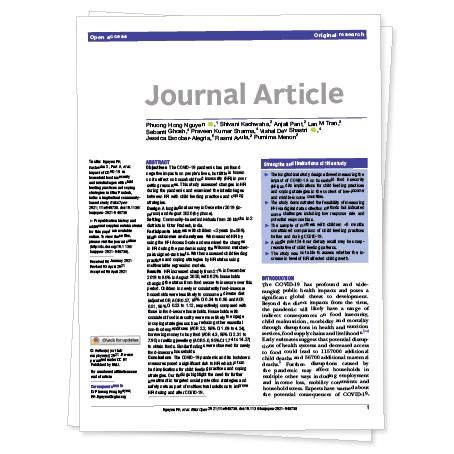
Household food insecurity (HFI) is a recognized underlying determinant of child undernutrition, but evidence of associations between HFI and child undernutrition is mixed. The purpose of this study was to investigate if HFI is associated with undernutrition in children aged 6–59.9 months in Bangladesh, Ethiopia, and Viet Nam and if child dietary diversity mediated this effect. In the adjusted models, the odds of being stunted or underweight were significantly higher for children in severely food-insecure households in Bangladesh and Ethiopia and in moderately food-insecure households in Viet Nam. HFI was significantly associated with wasting in Bangladesh where close to 1 in 5 children demonstrated wasting. Child dietary diversity did not mediate the relation between HFI and undernutrition in any of the countries. Results from this study suggest that interventions aimed at improving child undernutrition need to address food insecurity of their targeted population to maximize their potential nutritional impacts. The unexpected finding of a lack of a mediating influence of child dietary diversity on the pathway between HFI and undernutrition intensifies the need to explore the role of children s dietary quantity and quality as well as other potential mediators such as child illnesses or maternal depression through further research.
